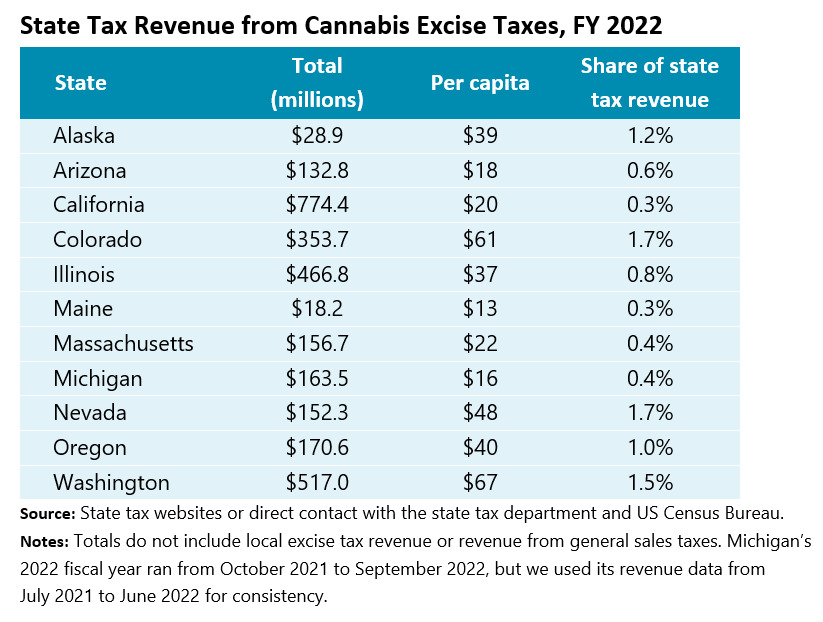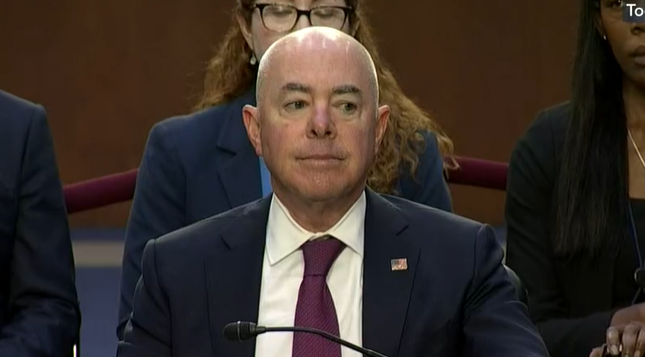“Asylum-Seekers” Are Really Economic Migrants
On September 25, the New York Times ran a story captioned “The back story of the migrant buses: Republican governors’ immigration stunts are actually helping some migrants”. That article, in the form of an interview between the author (German Lopez) and a Times’ staffer (Miriam Jordan, a national correspondent for the paper) likely reveals a lot more about those “Republican governors” and the migrants involved than it intended.
The Busing Kerfuffle. By way of background, the busing kerfuffle to which the Times refers began six months ago, in March, when Border Patrol agents began releasing migrants apprehended entering illegally at the Southwest border into small Texas towns, including Uvalde (about 60 miles from the Rio Grande, population 15,312) and Carrizo Springs (50 miles from the U.S.-Mexico line, population 4,796).
That, in turn, swamped those towns’ limited local resources, while a lack of transit offered the migrants themselves few opportunities to move on. In response, Texas Governor Greg Abbott (R) announced on April 6 he would offer released migrants bus transportation to our Nation’s Capital, Washington, D.C.
Thereafter, Arizona Governor Doug Ducey (R) started sending his own migrant buses to D.C. By late July, around 3,500 migrants had been transported by those states to the banks of the Potomac.
That busing scheme triggered D.C. Mayor Muriel Bowser (D) to ask the Department of Defense (DoD) for 150 National Guard troops and a “suitable federal location” to act as a housing and processing center, a request DoD soon denied.
Around the time Bowser asked for federal aid to deal with this comparatively small group of migrants, New York City Mayor Eric Adams (D) started seeking government cash to deal with migrants in his city, too. As the New York Times reported on July 25:
Mayor Eric Adams called for federal assistance to help with what he said was a flood of 2,800 asylum seekers who were making it difficult for New York City to fulfill its legal obligation to provide housing to those in need, known as the right to shelter.
Adams claimed the influx was partly caused by migrant families “arriving on buses sent by the Texas and Arizona governments”. That was a blunder, because up to that point, neither Texas nor Arizona was busing migrants to NYC. Abbott, apparently sensing an opportunity, however, began sending migrants to Adams’ city in early August.
In late August, Abbott started busing migrants from the Lone Star State to Chicago, as well, and as of September 22, about 11,000 migrants had been sent to the three cities from the Southwest border.
Abbott’s Busing Scheme “Actually Helping” the Migrants. Which brings me back to the latest Times’ reporting. Jordan focuses on Venezuelan migrants, and in fact asserts that about 20 percent of all Venezuelans reside somewhere outside of that country, a point I will return to below.
When asked what happens to those migrants when they get to the United States, Jordan explains:
After they have been processed, the Border Patrol releases them — for example, at a church in a border town, such as Eagle Pass, Texas. There, they are offered two options: They can buy a bus ticket to get to San Antonio and beyond. If they don’t have any money, they are encouraged to board a free bus to Washington, D.C., New York or Chicago.
The free service is provided by Abbott, who’s trying to show that he’s keeping the border under control and spreading the responsibility for this influx of migrants to Democratic cities and states.
. . .
Ironically, it’s benefiting many of the migrants.
For example: I met a Venezuelan migrant named Lever Alejos. He had used up all the money he saved to make the trek to the U.S. from Venezuela. He took one of the buses to Washington, D.C., where he found a bed in a shelter. In a matter of weeks, he has managed to not only find work; he has started sending money back to Venezuela to support his 7-year-old son. He said his son’s life is 100 percent better. He has also saved to buy a cellphone and plans to buy a used 2012 Honda Civic.
Respectfully, there is nothing “ironic” about Abbott’s busing program. I have been to the border towns in which those migrants are being released; there is nothing for them there and most want out as quickly as possible, so of course the governor’s offer of transportation north is a benefit.
While many migrants have a destination in the United States and the means to get there, others like Alejos have neither a destination nor traveling cash. They have been lured to the United States by promises of an open border and economic opportunity, and the fact that cities like Washington and New York offer housing or housing assistance (largely unavailable in Texas) likely just sweetens the pot.
The problem for such migrants is that they need a way to get to those cities, and Abbott and Ducey are more than happy to help. While they don’t want those migrants to linger in their communities, nothing I have seen suggests either governor bears them any ill-will, even if the duo might experience some schadenfreude seeing erstwhile “sanctuary” cities scramble for resources when their buses show up.
Those are facts apparently lost on Lopez, who asks: “Is this backfiring for Abbott, if the migrants are doing well and they’re filling an economic need for Democratic areas?” Somewhat incongruently, Jordan responds:
Ultimately, it’s about optics. It’s in part about securing support from his right-wing base. They back cracking down on unauthorized immigration; punishing people who, in their view, didn’t come to the U.S. the right way; and placing the burden of helping the migrants on Democratic cities and states.
It’s incongruent because its unclear how sending migrants from rural Texas to D.C., Chicago, or New York “punishes people who didn’t come to the U.S. the right way”, particularly if, like Alejos, those migrants are able to start working and sending money back home. Perhaps she, like the migrants themselves, should just take the governors’ offers of free bus rides north at face value.
Coming to the U.S. to Find Jobs and Send Money Back Home. While all of that says more about “national correspondents” for the Times than it does about states busing migrants from the border, Jordan is otherwise (likely unintentionally) honest about why those migrants are coming here, stating that those Venezuelans are “coming to the U.S. to find jobs and send money back home”.
She explains:
Venezuela is a broken country, where political dissent is repressed and the economy has collapsed. There are shortages of food, medicine and other staples.
The migrants I’ve talked to were impoverished after living in those conditions. Many had once been solidly middle-class. If they had jobs or small businesses, they were earning very little money, and their savings were depleted. So they made this decision to leave, however they could.
There is a little there, but not much, about “political opinion”, one of the five grounds for asylum in the United States along with persecution based on race, religion, nationality, and membership in a particular social group. There’s a lot, however, about the largely inevitable economic consequences of socialism.
As the Board of Immigration Appeals has held, however:
Persecution requires a showing of more than mere economic discrimination. … The economic difficulties must be above and beyond those generally shared by others in the country of origin and involve noticeably more than mere loss of social advantages or physical comforts.
Thus, few if any of the so-called “asylum seekers” coming from Venezuela looking for better economic opportunities will ever be granted asylum. The Biden administration could nip the flood of migrants in the bud if it utilized the expedited removal powers Congress has given it to screen migrants for asylum claims at the border, but as I have recently explained, it’s largely failing to do so.
That said, the likelihood of being granted asylum is even lower for those Venezuelan migrants who had resettled in third countries before coming to the United States. As noted, according to Jordan, “Today, one out of five Venezuelans lives outside their home country.” In that vein, she asserts:
Millions of these migrants first went to nearby countries like Colombia, Ecuador, Chile and Peru. But because the economies of those countries began to sputter, they said that they could no longer make as much money to send home. The United States, they heard, was allowing Venezuelans who made it to the border to stay in the country, and jobs were plentiful.
So these migrants were willing to basically risk their lives to reach the United States. They braved the lawless jungle out of Venezuela and passed through seven countries to ultimately reach the United States out of despair, out of a desire to make a living and support their families.
Those aliens are economic migrants, pure and simple, not asylum seekers. While I sympathize with their inability to “make as much money to send home” in other South American countries, and the dangerous trek they made to get to the Southwest border, they aren’t eligible for asylum under U.S. law.
Biden’s Fault for Creating an “Attractive Nuisance”. What’s “ironic” is the implicit blame Jordan heaps on the administration. Those migrants risked their lives in a perilous journey to this country because they had heard the United States “was allowing Venezuelans who made it to the border to stay”, and the source of that message was Biden’s own DHS.
What Jordan and the migrants are alluding to is “Temporary Protected Status” (TPS), which allows nationals of certain countries to remain here even if they are out of status, “due to conditions in the country that temporarily prevent the country’s nationals from returning safely, or in certain circumstances, where the country is unable to handle the return of its nationals adequately”.
DHS Secretary Alejandro Mayorkas designated Venezuela for TPS in March 2021, but that designation only applies to nationals of that country who have been here since March 8, 2021. The administration risked a run on the border by Venezuelan migrants by failing to make clear that this TPS grant was limited, and then doubled down on that risk by releasing most Venezuelans who made it here into the United States.
In tort law, we refer to such negligence as an “attractive nuisance”, commonly defined as “a dangerous condition on a landowner’s property that may particularly attract children onto the land and pose a risk to their safety”. Most of these migrants are not children, and most of the risks are on the other side of the border, not here, but the same basic principle applies.
The administration could correct this situation tomorrow by deterring Venezuelan migrants from entering the United States illegally, but that would mean disincentivizing illegal entry by detaining and prosecuting the migrants.
The administration has largely refused, however, to either detain or prosecute illegal entrants because, unlike all his predecessors, Biden has rejected deterrence as a border strategy. Consequently, that attractive nuisance will continue, more migrants will suffer and die on the journey to the United States, and the border will further devolve into chaos.
The Backward Narrative. As that Times’ article reveals, most of the national media has the border narrative backwards. Abbott and Ducey aren’t the bad guys for busing migrants out of overwhelmed border towns where they are essentially stuck, and Biden isn’t the good guy for encouraging aliens to make the perilous journey to the United States. If the editors and journalists at the “newspaper of record” just read their own articles, they might realize that.






